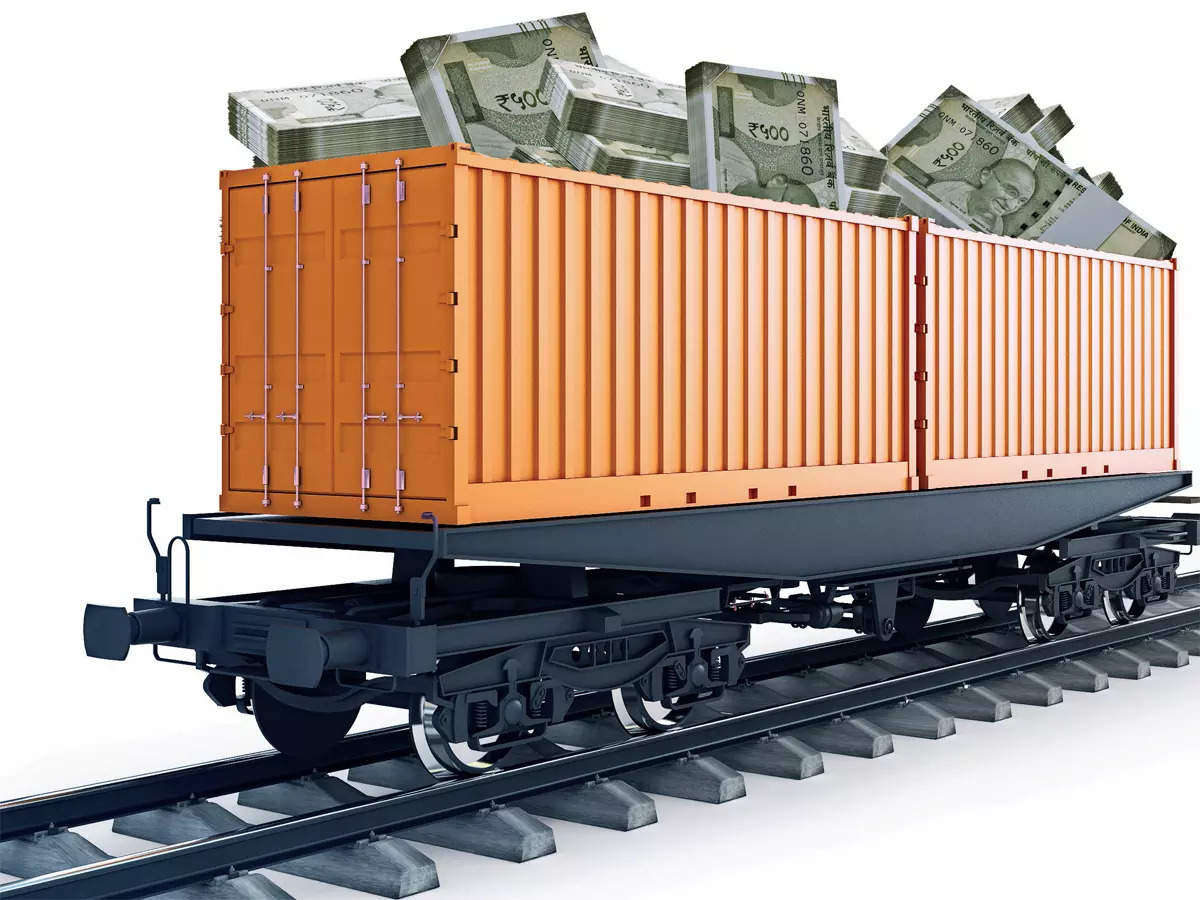Indian Railways’ Mission 3000
Indian Railways is striving to enhance its freight loading capabilities under the ambitious Mission 3000 plan. This initiative aims to achieve a cargo volume of 3,000 million tonnes (MT) by 2030. Despite facing criticism for its slow progress, Union Railways Minister Ashwini Vaishnaw remains optimistic about meeting the targets. The ministry anticipates increases in freight volumes through various infrastructure projects.
Current Freight Performance
Indian Railways is projected to surpass 1,600 MT of cargo for the first time this financial year. However, it needs to nearly double its output within five years to meet the Mission 3000 target. The government has revised its freight loading estimates, now set at 1,635 MT for the current year and 1,700 MT for 2025-26. This reflects a mere 2.9% growth in freight for the current financial year.
Infrastructure Development
Key projects like the Sonnagar-Andal quadrupling project are expected to boost cargo capacity. The government has allocated over ₹2,500 crore for Delhi’s railway infrastructure in the FY26 budget. Additionally, the introduction of hydrogen trains and Namo Bharat trains aims to modernise the fleet.
Market Share Challenges
Historically, Indian Railways held a dominant 85% market share in logistics in 1950-51. However, this has now decreased to 27% as road transport has gained popularity. If the current growth trend continues, railways could see its market share drop to 22% by FY30.
Recommendations for Growth
The internal report Mission 3000 MT suggests expanding the network, increasing rolling stock, and reducing cargo tariffs by up to 30% by 2026-27. The report aims to enhance the average cargo speed from 24 km/h to 50 km/h and increase container movement market share from 16% to 32%.
Environmental Considerations
The shift to rail transport is also driven by environmental concerns. Road freight contributes to carbon emissions. Increasing rail freight share is expected to lower logistics costs and reduce CO2 emissions, benefiting the environment.
Strategic Interventions Needed
To achieve its targets, Indian Railways must implement strategic interventions. These include improving customer service, enhancing reliability, and diversifying the freight commodity basket. Currently, coal, iron ore, and food grains dominate the freight volume.
Financial Resources and Policy Reforms
The total capital expenditure required for infrastructure improvements is estimated at ₹8.5 lakh crore. The report calls for five policy interventions to enhance competitiveness. This includes improving containerisation and attracting more automobile traffic to railways.
Future Growth Projections
To reach the 3,000 MT target, Indian Railways must achieve a compound annual growth rate (CAGR) of 16.2%. This requires departure from past growth rates, which averaged 4.1% over the last decade.
Month: Current Affairs - February, 2025
Category: Economy & Banking Current Affairs







